National Pension Scheme is a Government of India initiative to encourage long term savings. Pension Fund Regulatory and Development Authority (PFRDA) regulates the scheme. This voluntary pension scheme requires individuals to make contributions to the scheme until they turn 60. At the age of 60, the subscribers are free to withdraw 60% of the accumulated amount. The rest 40% of the corpus is used to buy an annuity. This article covers NPS withdrawal rules, its taxation and the process of withdrawal in detail.
What is NPS?
National Pension Scheme is a retirement scheme that the Government of India offers. The Pension Fund Regulatory and Development Authority (PFRDA) regulates the scheme. It is a voluntary pension scheme that offers dual benefits of investment and pension.
Indian citizens who are in the age group of 18-65 are eligible to invest in NPS. The minimum contribution for investing in NPS is INR 500 (INR 1,000 in care of Tier 1 account). However, there is no limit on the maximum amount of investment in NPS schemes. Subscribers of NPS have to make at least one contribution in a financial year.
Under NPS, a subscriber can choose the fund manager from the available portfolio fund managers. Moreover, the subscribers also have the choice of asset allocation. The two investment choices available under NPS are active and auto. Under the active choice, investors can where they want to invest their funds. Whereas, in auto choice, the investors get a pre-defined portfolio as per their age. NPS invests in equity and debt asset classes. Hence the returns from NPS are market-linked.
Under NPS, there are two types of accounts, namely, Tier I and Tier II. Tier I account is a non-withdrawal permanent account. At the same time, Tier II is a voluntary retirement plus savings account. One can open a Tier II account only if they have a Tier I account. Tier-II account is more flexible in terms of investment and withdrawals.
Taxation
Investment in Tier I account of NPS qualifies for tax saving up to INR 2 lakhs under Section 80C and Section 80CCD. Investors can only withdraw 60% of the accumulated amount at the age of 60. This 60% doesn’t attract any tax, therefore tax-free. Moreover, the rest 40% has to be used to purchase an annuity which will pay a pension every month for a lifetime to the subscriber.
NPS withdrawal rules
National Pension System NPS withdrawal rules differ for the government sector and private sector employees. However, if the NPS subscriber, unfortunately, passes away then the legal heir or nominee will get the entire corpus amount. Following are the NPS withdrawal rules:
If a government or a private has reached retirement age
Upon reaching retirement age, a subscriber has to use 40% of the accumulated corpus amount to purchase an annuity. The rest 60% can be withdrawn. There is no tax on the 60% of lump sum amount withdrawn. Moreover, 40% of the corpus that is used to buy the annuity is exempt from tax too. However, the income from the annuity is taxable. If the accumulated amount in an NPS account is less than INR 2 lakhs at the time of retirement, one can redeem the entire amount. Also, one can choose to postpone the withdrawal till the age of 70.
If a government employee opts for voluntary retirement
A minimum of 80% of the accumulated corpus has to be used to purchase annuity. If the accumulated corpus in the NPS account is less than INR 1 lakh, one can redeem completely.
If a private sector employee opts for voluntary retirement
A private sector employee who opts for voluntary retirement before the age of 60, should’ve made contributions to an NPS account for at least ten years. They should use 80% of the corpus to purchase an annuity. Also, if the accumulated corpus in the National Pension System account is less than INR 1 lakh, one can withdraw completely.
NPS Partial withdrawal rules
National Pension System subscriber can request for partial withdrawals online. Or, they can submit a partial withdrawal form to the Point of Presence – Service Provider. Following are conditions under which a subscriber can opt for partial withdrawal from NPS.
- The subscriber should have maintained an National Pension System account for at least three years while requesting for partial withdrawals.
- The partial withdrawal amount will not exceed 25% of the contributions.
- One can partially withdraw only three times during the entire tenure of the scheme. Also, the subscriber should maintain a gap of 5 years between two partial withdrawals.
- Moreover, a partial withdrawal from NPS is allowed only for certain reasons. Namely, higher education of children, children’s marriage, purchase or construction of a residential house, and critical illness treatment.
NPS Premature Exit Rules
NPS allows premature exit from the scheme for Tier I accounts only after completion of 10 years from the date of opening of the National Pension System account. Moreover, a subscriber can only withdraw 20% of the amount. The rest 80% should be used to purchase an annuity. In case the accumulated corpus amount is less than INR 1 lakh. The entire amount can be withdrawn as a lump sum. Both the premature withdrawal amount and annuity amount are taxable as per individual subscriber’s income tax slab rate.
In the case of Tier II accounts, a subscriber can withdraw the investment anytime without any limit on withdrawal.
NPS Account Tier-1 and Tier-2 Withdrawal rules
NPS Tier 1 Withdrawal Rules
Following are NPS rules for Tier 1 account:
- Subscribers can make up to three partial withdrawals from NPS Tier 1 during the NPS account’s investment tenure.
- NPS tier 1 account allows withdrawals only in certain conditions. The partial withdrawals are allowed on special events such as a child’s marriage, medical treatment, home purchase, etc.
- Furthermore, the partial withdrawals cannot be more than 25% of the contributions. Also, they are tax-free.
- One can download their NPS withdrawal form tier 1 here. This will help them with NPS partial withdrawal online.
- Also, the National Pension System account matures when the subscriber reaches the age of 60. The subscribers can only withdraw up to 60% of their NPS corpus tax-free. Furthermore, the remaining 40% has to be used to buy an annuity. However, the annuity will be taxable each year.
- Additionally, premature withdrawals before the age of 60, are allowed only after three years of account opening. Also, such premature withdrawals have a limit on withdrawal corpus. A minimum of 20% of the corpus can be withdrawn, and also these are taxable. And, the remaining 80% has to be converted to an annuity.
NPS Tier 1 Withdrawal Rules
NPS Tier 2 account does not have any lock in period. Subscribers can withdraw at any time from the account. However, government employees have a lock in period of three years. Also, the NPS tier 2 account qualifies for tax saving up to INR 1,50,000 under Section 80C of the Income Tax Act 1961.
How To Withdraw From NPS Account?
Through the NPS account login, the subscribers can initiate an online withdrawal request. However, the associate POP has to authorise and verify the request. The subscriber needs to use their ‘Claim ID’ or User ID to initiate the NPS withdrawal procedure.
NPS subscribers can initiate withdrawals online using their Claim ID and IPIN in the CRA system. However, this should be done within a period of 6 months before the age of superannuation or the vesting date.
Following is the process for NPS withdrawal online:
- Visit the website: https://cra-nsdl.com/CRA
- Enter the details such as PRAN (Permanent Retirement Account Number) and IPIN to login
- Under the ‘Exit Withdrawal Request’ menu, select the ‘Initiate withdrawal request.’
- Select withdrawal due to as ‘Exit at 60’ and click on Submit to proceed
- If the total corpus is below INR 2,00,000 at the time of retirement, then the subscriber can opt for 100% withdrawal. Select full withdrawal under the Withdrawal type dropdown.
- Check the complete withdrawal subtype.
- Enter the Lump sum withdrawal percentage and Annuity percentage
- Enter the following details, such as:
- Annuity frequency
- Marital status
- Spouse DOB
- Spouse Gender
- And then select the Annuity Scheme
- ASP Name
- Scheme Name
- Click on the Proceed button to continue
- Now, select the transaction type – ‘Electronic’. Click on edit to enter the bank details and submit.
- Next, to enter or edit the nominee details, click on the Edit button.
- Following documents have to be submitted. One can refer to the checklist and select the documents:
- Form 101/301/51 duly filled and signed – stamped by mapped Nodal office.
- Advance stamped receipt – signed along with revenue stamp
- Original PRAN card
- Cancelled cheque or bank certificate or self-attested copy of bank passbook.
- Aadhar Card and other KYC documents.
- Click on the submit button to complete the withdrawal request.
- Verify and click on the confirm button
- Upon successful submission of the withdrawal request, it generates an acknowledgement number. One can view and print the withdrawal form.
- Upon completing the process online, the subscriber has to print the form, sign and submit it at the POP along with the following:
- Photograph (pasted and signed across for self-attestation)
- KYC documents (self-attested)
NPS Tier 2 Account
NPS Tier 2 account does not have any lock in period. Therefore, subscribers can withdraw their deposits any time. However, for government employees, there is a three year lock in period if they wish to avail tax benefits.
- Following is the withdrawal process for NPS Tier 2 account:
- Completely fill the UOS-S12 form for withdrawal
The subscriber has to submit the application only to the POP-SP with which they are currently registered with CRA for Tier 2.
The redemption amounts may vary as it is dependent on the applicable NAV at the time of redemption
It takes upto three days to transfer the funds from the trustee’s bank account to the subscriber’s bank account.
Tax on NPS withdrawal
Following are the tax rules for NPS withdrawal:
Taxation of NPS withdrawal amount upon maturity
Upon maturity of the NPS account, one can only withdraw 60% of the amount, and this is entirely tax-free. The 40% that is used to buy an annuity is also tax-free. However, the annuity income is taxable as per the investor’s income tax slab rate in the year of payout.
Partial withdrawal amount taxation rules
Investors can partially withdraw their NPS investment after completion of 3 years. And they can only withdraw 25% of the amount only three times during the tenure of the investment. However, one can withdraw only for reasons such as children’s marriage, purchase or construction of a residential house, and critical illness treatment. This withdrawal amount is completely tax-free in the hands of investors.
Premature exit taxation rules
In case of premature exit, 20% amount can be withdrawn as a lump sum, which is taxable as per investor’s income tax slab rate. The rest 80% is to purchase an annuity. And the annuity income is taxable in the respective year of payout as per the investor’s income tax slab rate.
Difference between NPS and EPF withdrawal rules
NPS and EPF are retirement schemes that help investors lead their post-retirement life peacefully.
Following are withdrawal rules of NPS and EPF:
| NPS Withdrawal | EPF Withdrawal |
| Lock in period till the subscriber reaches 60 years of age. | Lock in period till the subscriber reaches 55 years of age. |
| Withdrawals allowed after completing 15 years. | To withdraw 100% amount, the subscriber must be 58 years. Also, withdrawals before 58 years, will not include the employer’s contribution and interest. |
| Withdrawals can be made in the form of repayable advances. | Withdrawals made cannot be repaid. |
| On serving 25 years of service, one can withdraw up to 50% of their contribution. | One year before retirement, the individual can withdraw up to 90% of the corpus. |
| Withdrawals will be allowed only in case of emergencies such a critical illness and other life events that need financial aid. | Withdrawals are allowed to meet medical emergencies, to plan for retirement, buying a home, etc. |
Discover More
Related Articles
- Confused if your portfolio is performing right enough to meet your goals?
- How long have you been investing in mutual funds?
- What is your current portfolio size?
- What is your approximate annual household income?
- Your profile does not qualify for a call with a Financial Expert.
- What is NPS?
- NPS withdrawal rules
- NPS Partial withdrawal rules
- NPS Premature Exit Rules
- NPS Account Tier-1 and Tier-2 Withdrawal rules
- How To Withdraw From NPS Account?
- Tax on NPS withdrawal
- Difference between NPS and EPF withdrawal rules
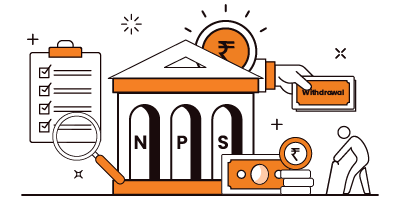











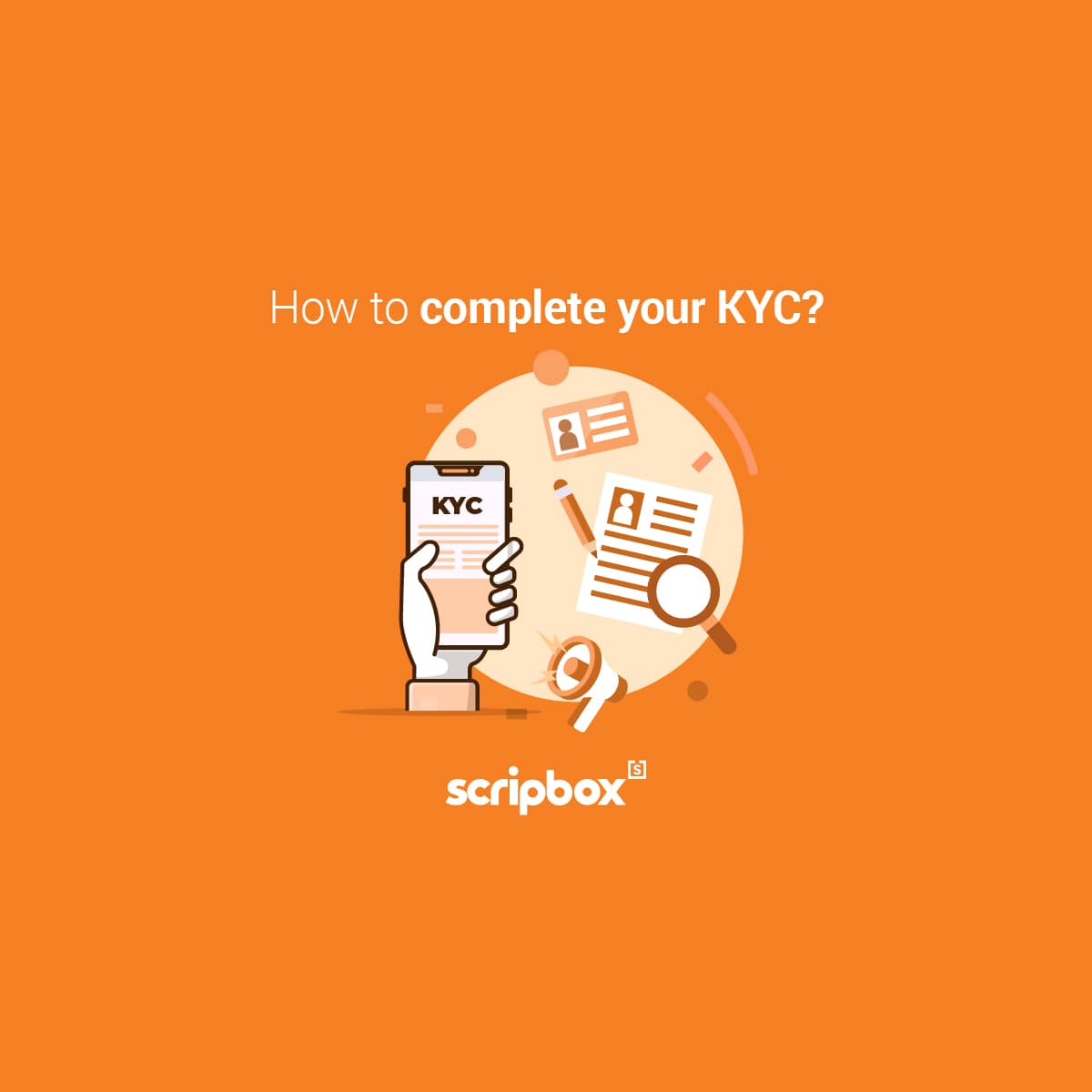

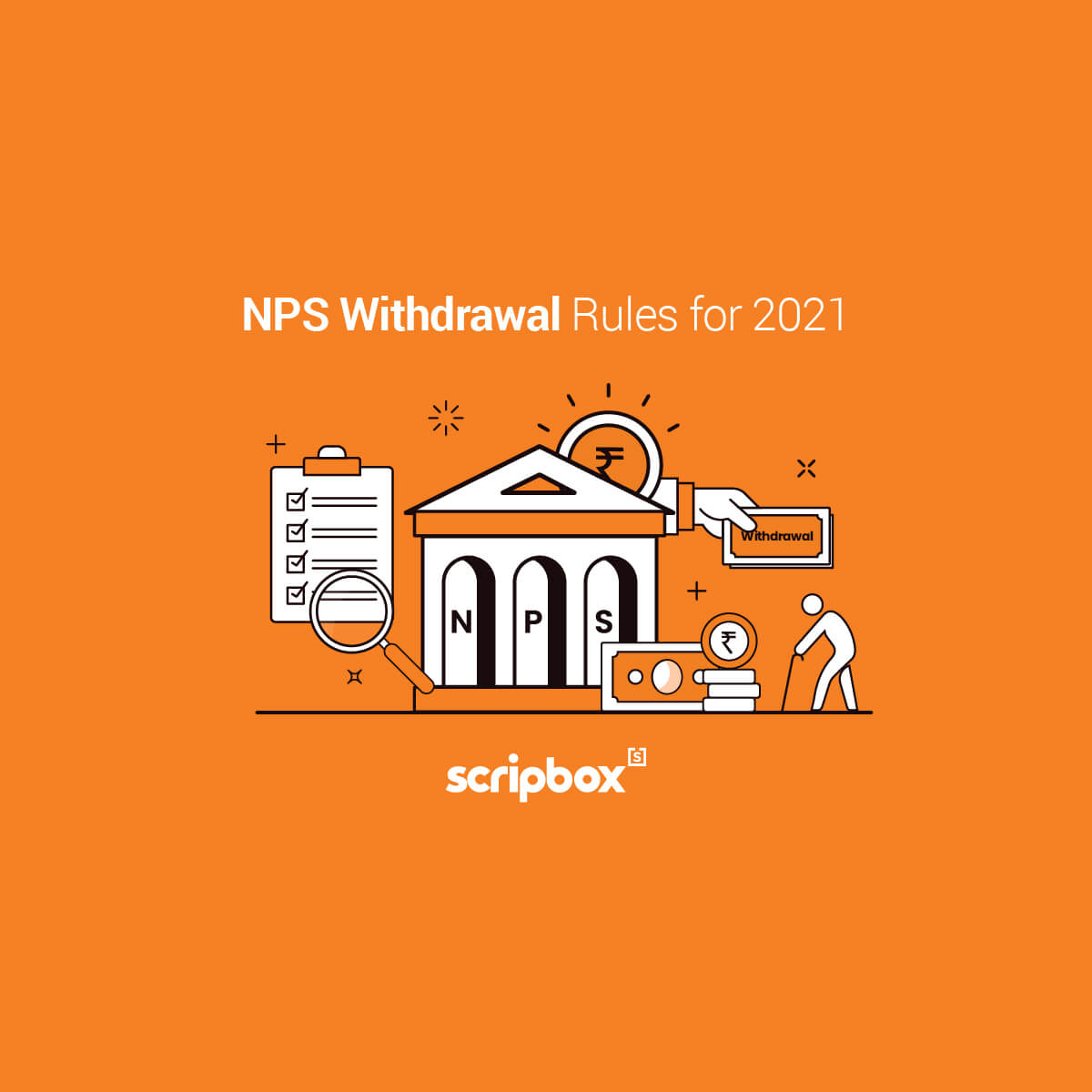
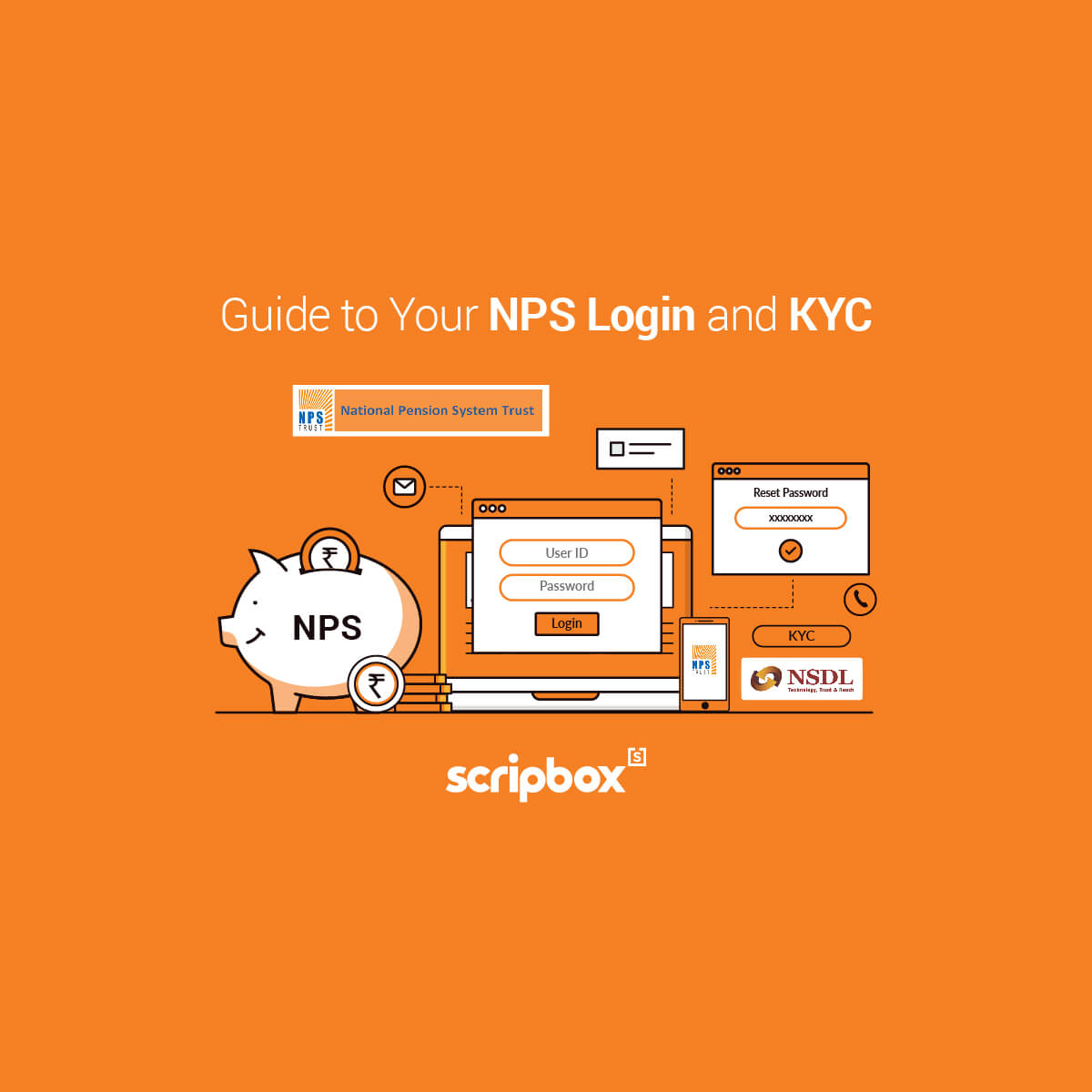
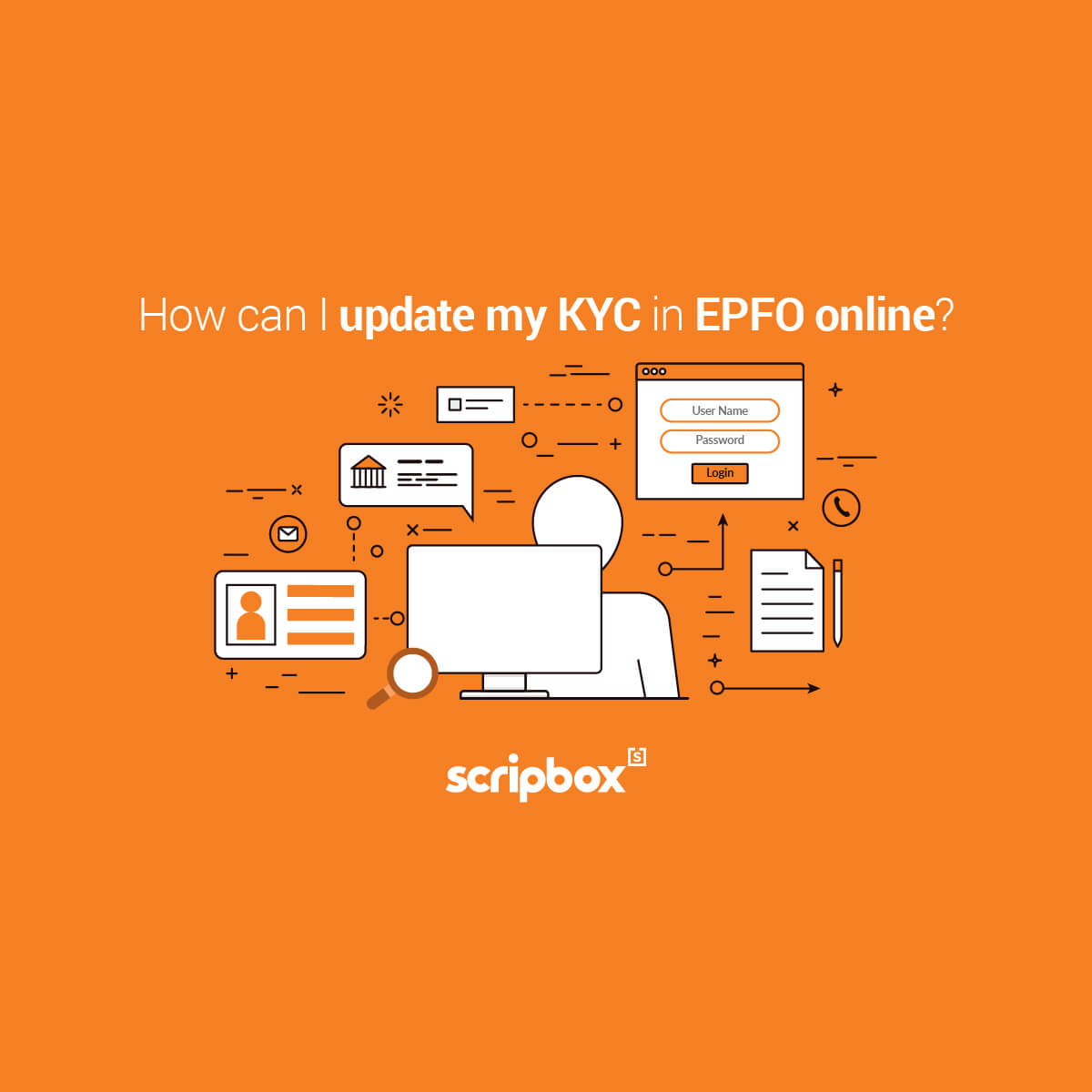












Show comments